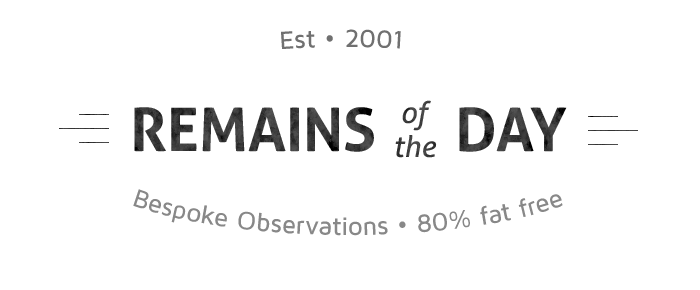Where the American dream meets the American nightmare
On the commentary track to Stroszek, you talk about the places where the American dream meets the American nightmare — Disneyland, Wall Street, Las Vegas, San Quentin, and, oddly, Plainfield, Wisconsin. Can you explain?
There are threads coming from all directions and sometimes they build knots. [It’s like] when you look at a map in the airline brochure in front of you and you see the pattern of their flights, and all of the sudden they have a hub in Atlanta and they have another hub in Salt Lake City, and all the lines converge there as if there were knots. There are certain places [like that] in probably each country; in the United States, I feel these focal points, these knots, where everything seems to converge, including the nightmares. Like San Quentin. One of the knots would be Wall Street — not that I’m saying Wall Street is evil. Or Plainfield, Wisconsin, where out of 480 inhabitants five became mass murderers within a few years, including the worst of all, Ed Gein.Can you feel the energy being transmitted from these places?
You can sense it. Go to Wall Street. At the time I visited Wall Street, it was not a visitor’s gallery behind bulletproof glass. It was open. You heard the shouting from down there. You could even shout down to them — which I didn’t do. Yes, there’s something of great intensity there. Or the intensity of Las Vegas. A cheap, collective dream to strike it rich without working. And I’m one of the few reading and thinking people who loves Las Vegas for the vulgarity and omnipresence of the dream. The collective dream. There’s something enormous about it. Let me say one thing: Las Vegas and cinema have similar roots. The country fair. The magician at the country fair. The vulgarity of the country fair.The circus.
The circus! Yes. And everybody complains about the circus of Cannes Film Festival. Yes, it is a circus, and I like it.
From a fabulous interview of Werner Herzog in Vulture.
